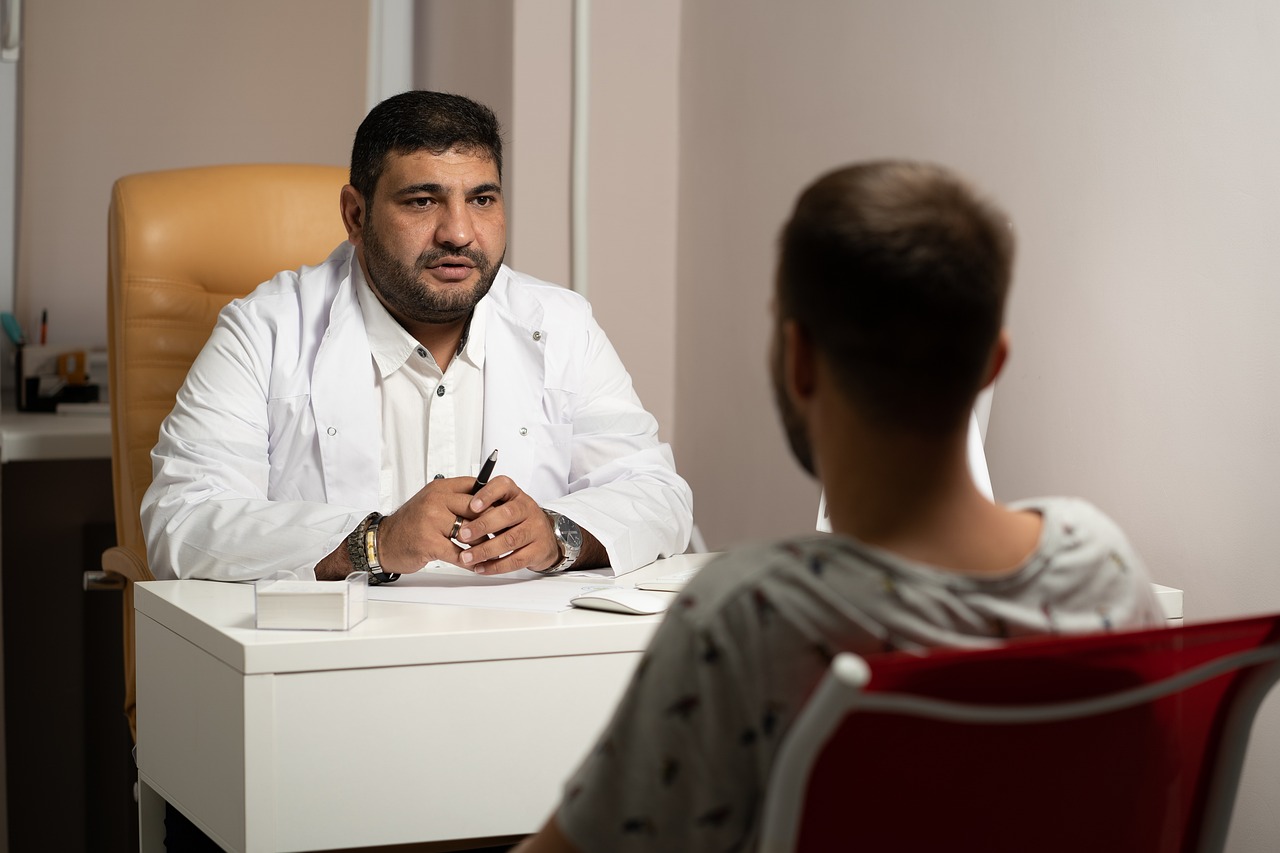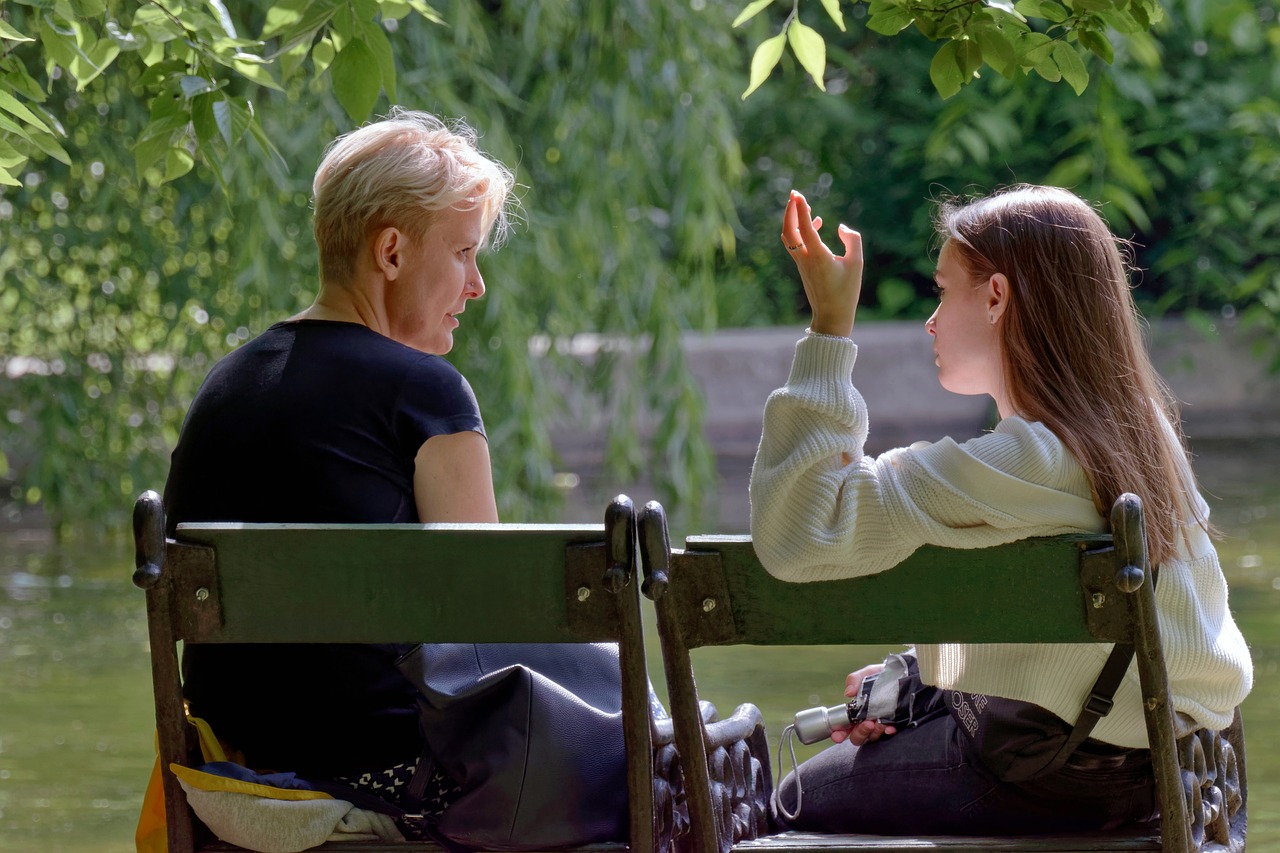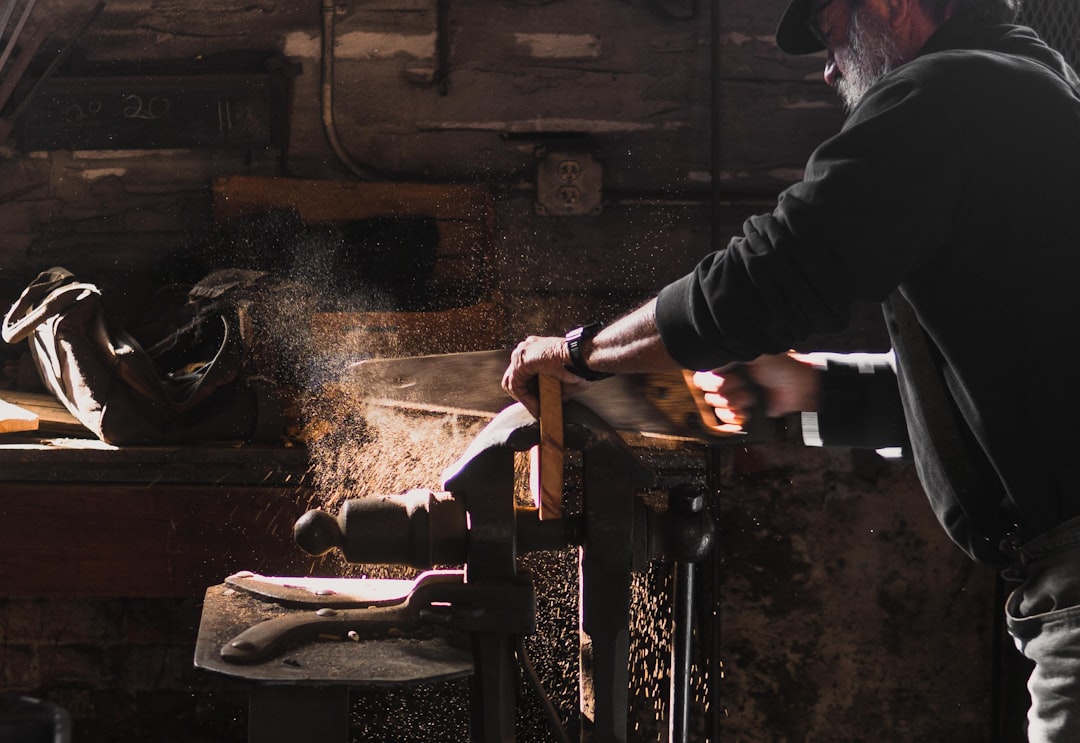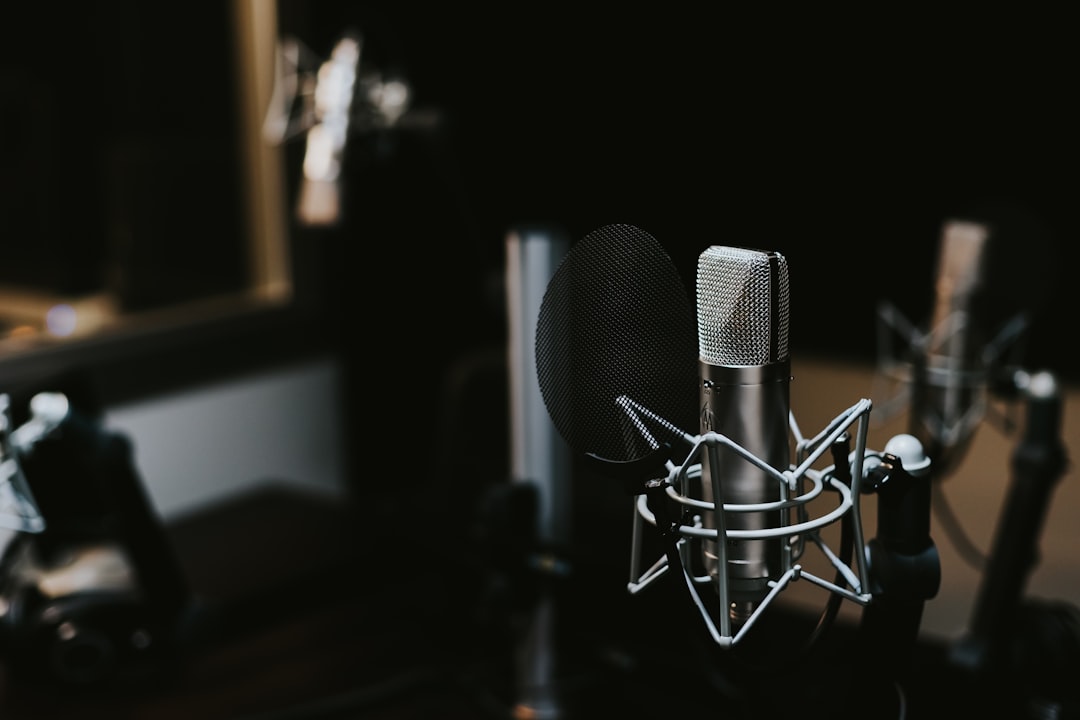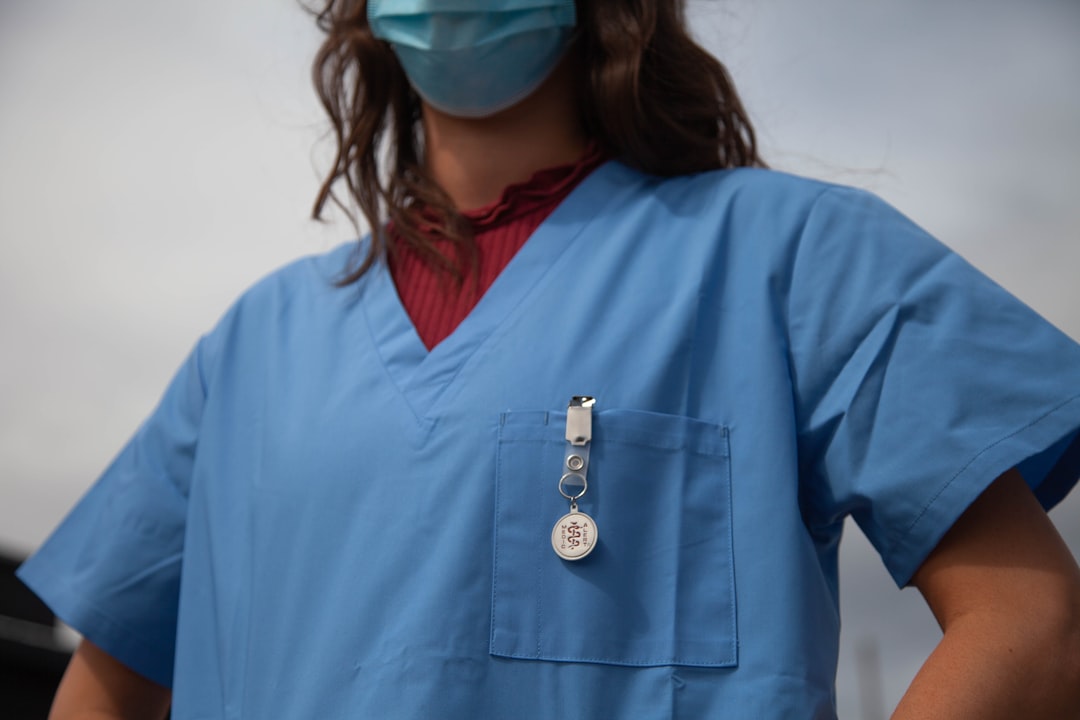The effects of acquired brain injury can be life-changing and often debilitating. They can affect the individual’s physical, cognitive, and emotional state. In addition, depending on the extent of the injury, survivors may face long-term issues such as depression and dementia.
Rehabilitation after an acquired brain injury involves a series of therapies that work to restore physical, mental, and emotional function. Survivors need to follow a recovery plan designed by a team of professionals.
Treatment options include hospitalization, residential care, and outpatient therapies. These rehabilitation facilities have specialized equipment and trained staff to help patients recover from their injuries.
Options With Acquired Brain Injury Rehabilitation
Inpatient Rehab
An inpatient rehabilitation facility is an overnight setting where individuals receive a customized brain injury treatment program. The program consists of a team of physicians, nurses, and therapists who work together to develop a personalized rehabilitation plan for each patient. The plan outlines the goals of the patient’s rehabilitation based on the findings from a comprehensive evaluation.
Physiotherapy
This therapy uses movement and exercise to restore mobility, strength, endurance, coordination, balance, flexibility, and muscle tone. It also helps to activate neuroplasticity, a natural healing process that can help brain injury survivors regain their physical capabilities.
Exercise
While beginning physical activity before completing a rehab program is not recommended, aerobic exercises are often used to improve recovery following an acquired brain injury. Studies have shown that even a few minutes of easy-to-do aerobic activities can greatly benefit the body and the brain after an Acquired Brain Injury Rehabilitation.
Home Therapy
To promote recovery, survivors must regularly practice therapeutic exercises at home. They should also be encouraged to use home devices such as FitMi, an interactive device that allows survivors to track their progress and stay engaged.
Group Therapies
A small group of patients with similar symptoms can participate in a brain injury rehabilitation therapy session to learn and share coping strategies. A psychiatric nurse, neuropsychologist, or clinical social worker can facilitate these sessions.
Brain Injury Coping Skills Group (BICS)
This group is for people with traumatic brain injury who want to learn more about coping with their symptoms and challenges. It consists of 12 sessions per two hours, co-facilitated by a clinical social worker and a psychiatric nurse.
Community Integration Specialists
These specialists are responsible for assisting those who have been injured and determining what services are available in the region. They also act as a link for clients to community-based services and assist in the development of a personal treatment plan.
In addition to the various therapies offered at these facilities, some survivors will require various other support services during their rehabilitation journey. These resources include family and friends, a caregiver, and community services. These programs can help survivors overcome many of the issues that arise from an acquired brain injury and to continue living life to the fullest.


